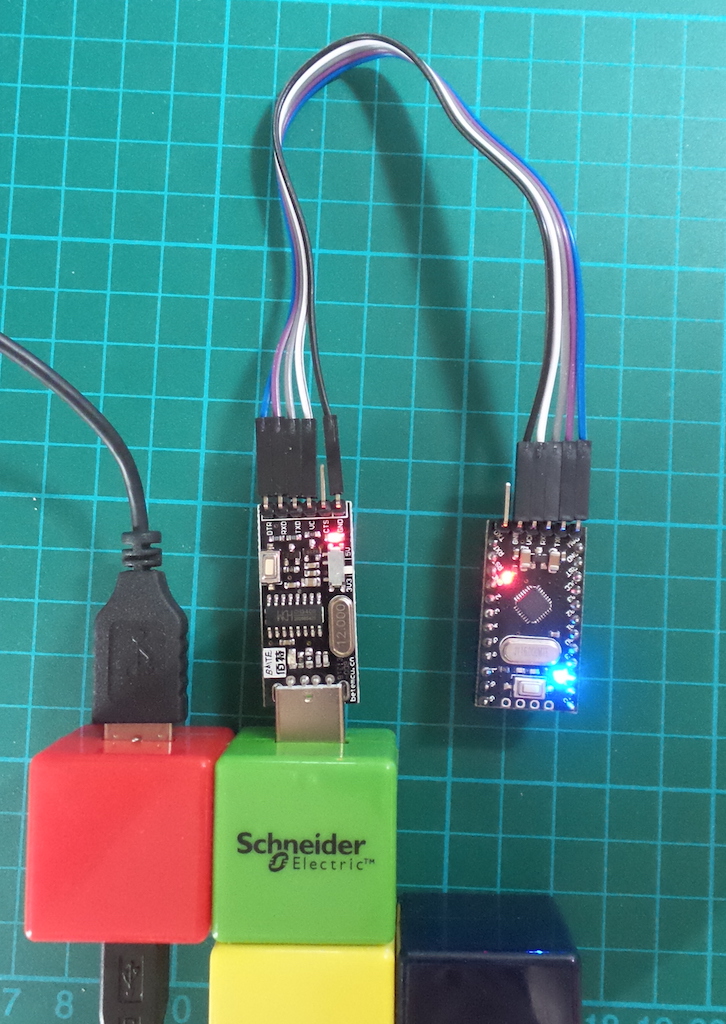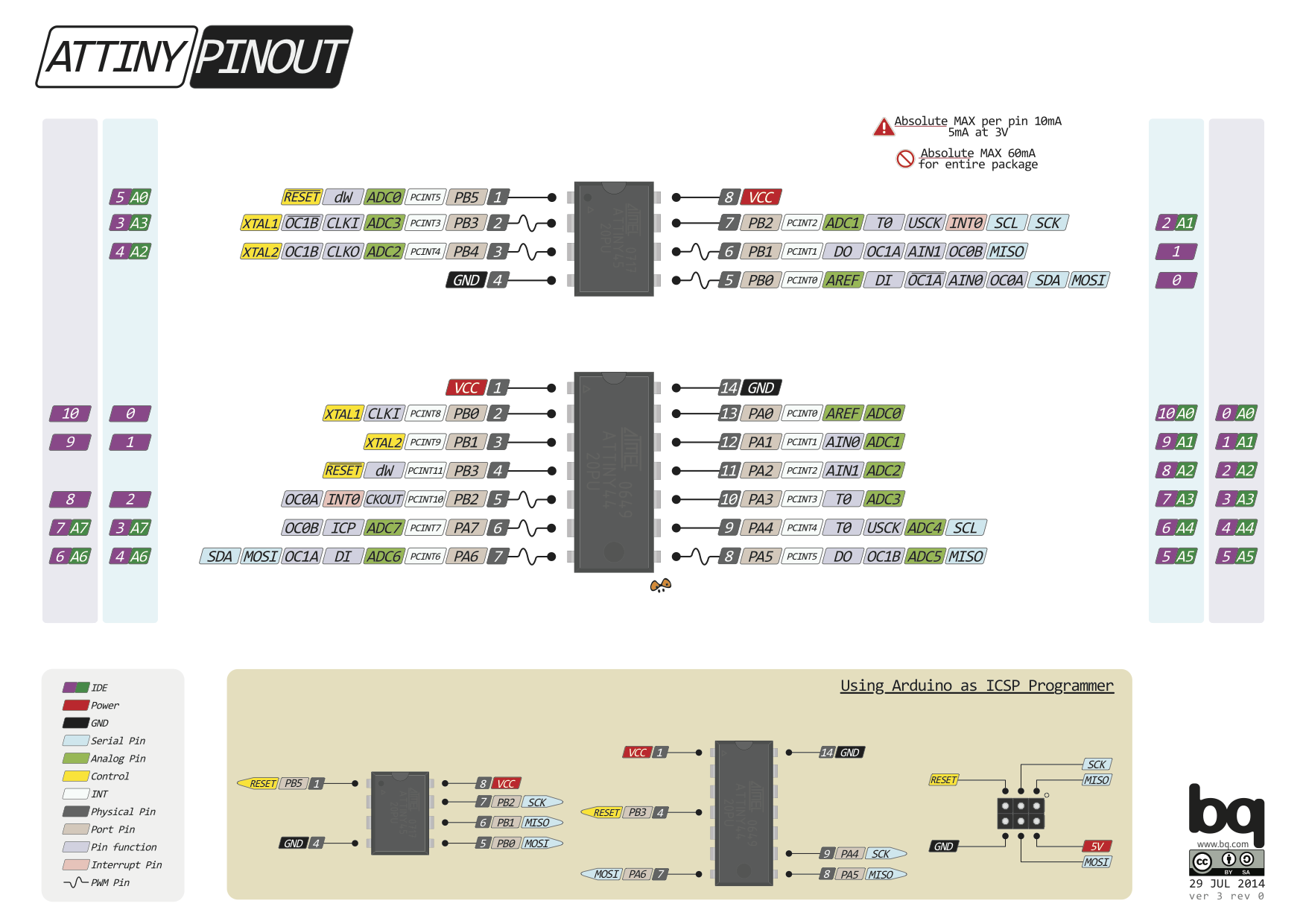#578 Arduino Tech Notes
My personal notebook on Arduino technical information and references.
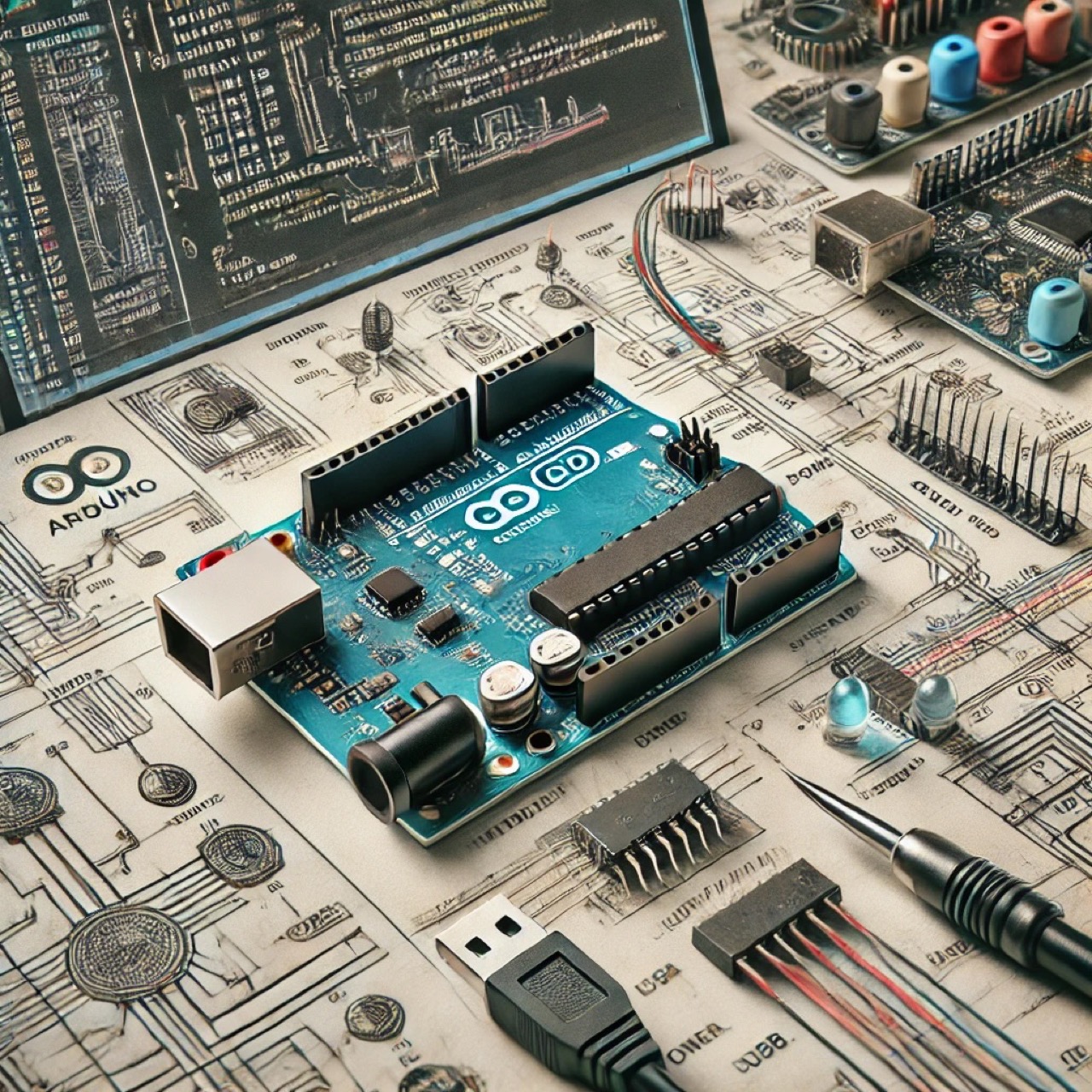
Prime Links
- Arduino - official home page
- Arduino Playground
- Arduino Source - GitHub
Timers and Pins
- Timer0 - Used for millis and delay; also analogWrite/PWM on pins 5 and 6
- Timer1 - analogWrite/PWM functions on pins 9 and 10; Servo library; Tone library (second tone)
- Timer2 - analogWrite/PWM functions on pins 3 and 11; Tone library (first tone)
Tone library
- On a standard Arduino board, the first tone will use timer 2 (so PWM on pins 9 and 10 will not be available);
- the second tone uses timer 1 (preventing the Servo library and PWM on pins 11 and 12 from working).
- On a Mega board, each simultaneous tone will use timers in the following order: 2, 3, 4, 5, 1, 0.”
Servo Library
- The Servo library uses the same timer as analogWrite on pins 9 and 10, so you can’t use analogWrite with these pins when using the Servo library.
ATmega328
DIP Pins
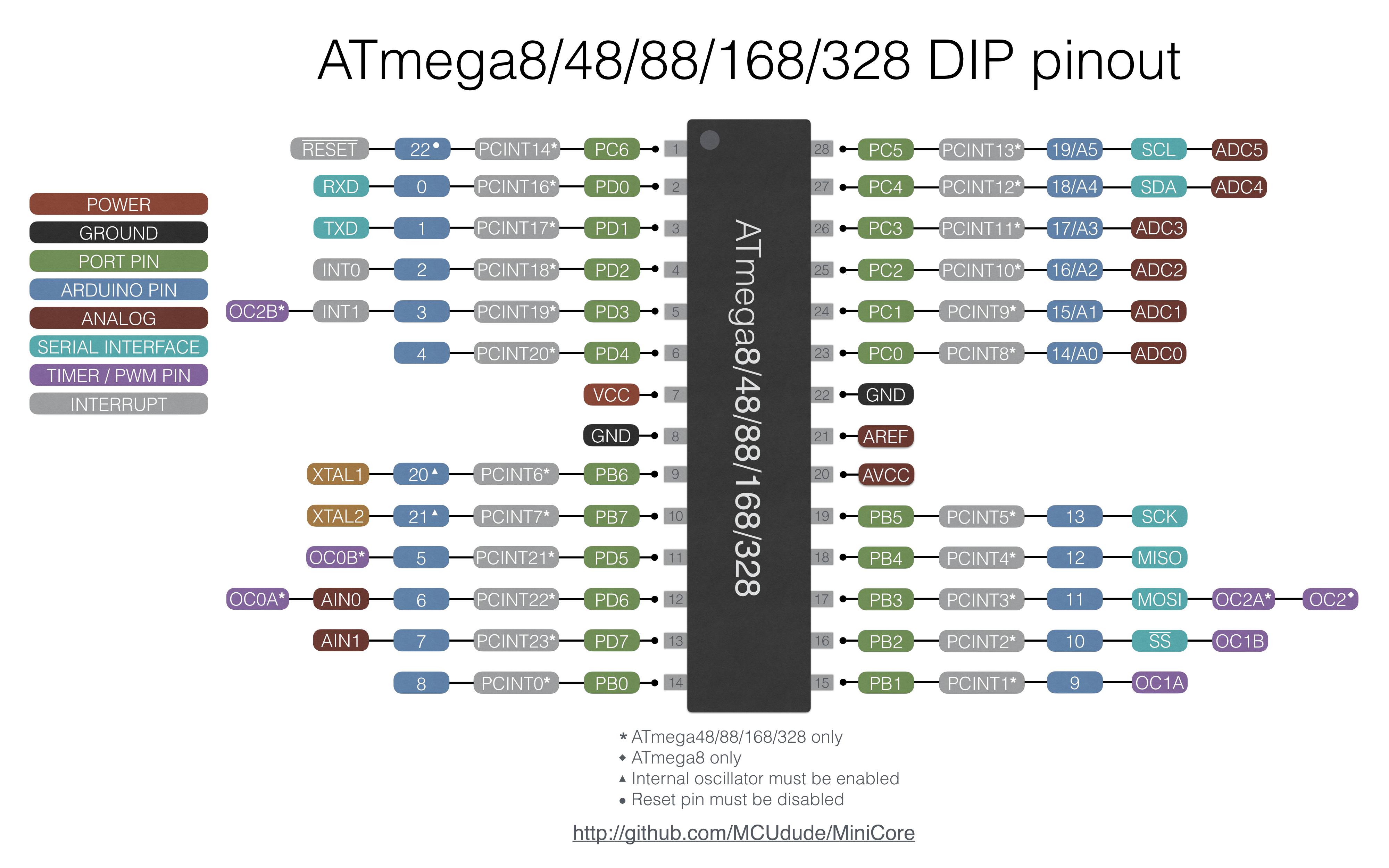
Arduino Uno
See the Official Arduino Uno site for board details.
Current handling capacity:
- DC Current per I/O Pin: 20 mA
- DC Current for 3.3V Pin: 50 mA
- DC Current for 5V Pin: can supply a maximum of 800mA when powered externally, but it’s recommended to limit it to around 400-500mA for thermal dissipation reasons, and 500mA when powered from USB.
Arduino Nano
See the Official Arduino Nano site for board details.
Power
Specs:
- Operating Voltage (logic level) 5 V
- Input Voltage (recommended) 7-12 V
- Input Voltage (limits) 6-20 V
The power source is automatically selected to the highest voltage source from one of:
- the Mini-B USB connection
- 6-20V unregulated external power supply (pin 30)
- 5V regulated external power supply (pin 27)
See also:
Pins
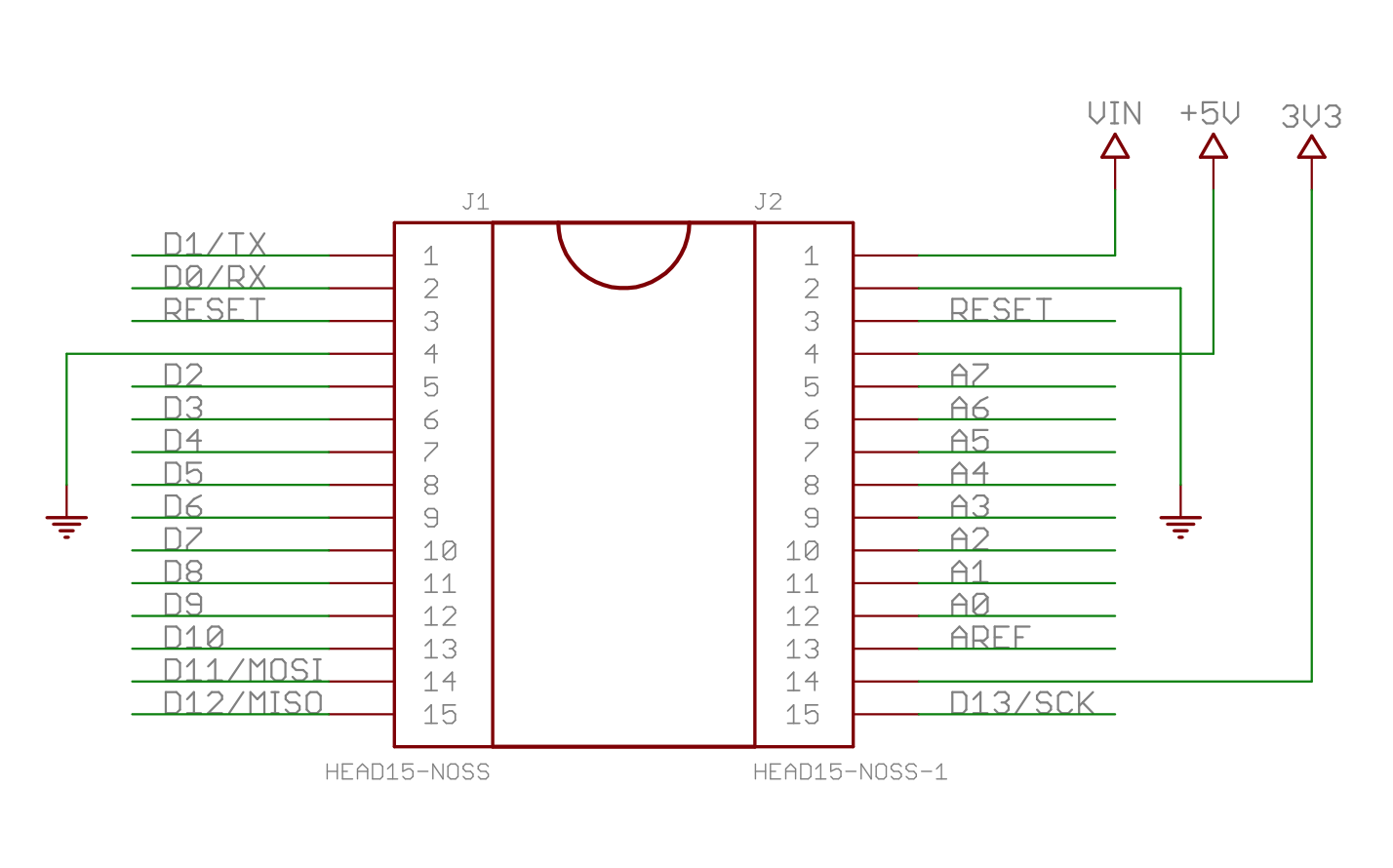
Arduino Pro Mini
- Official Arduino Pro Mini site
- Arduino USB-to-Serial Tutorial - Programming the Pro Mini - great in-depth tests with various USB to serial devices by Julian Ilett.
USB-to-Serial Programming
Pin Connections as described on weworkweplay:
- Connect USB DTR to Arduino GRN, aka DAW on some boards
- Connect USB RXD to Arduino TXD
- Connect USB TXD to Arduino RXI
- Connect USB 3.3V to Arduino VCC
- Connect USB Ground to Arduino BLK, aka GND on some boards
